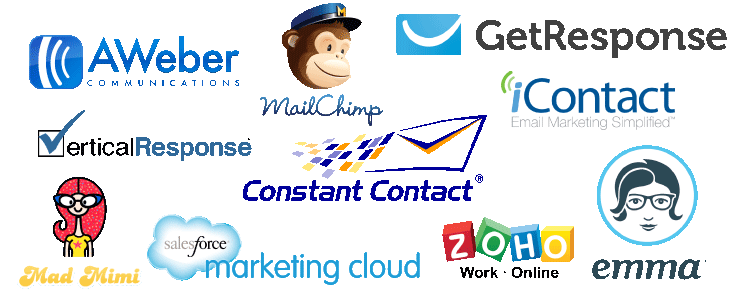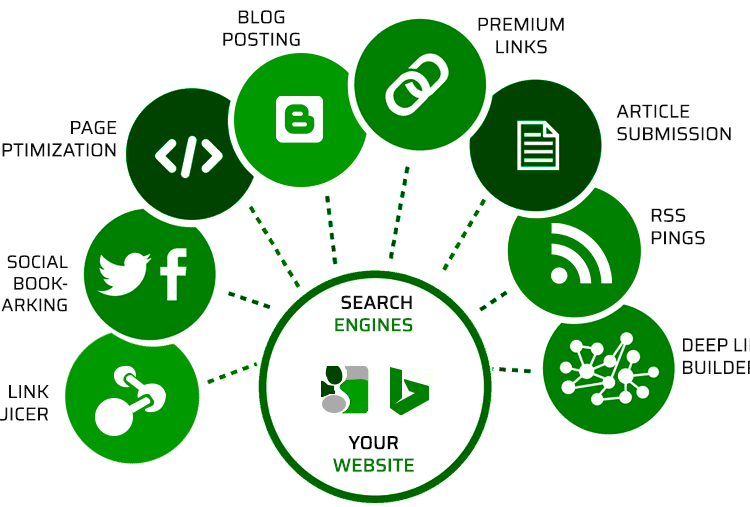For SaaS companies aiming to cut through the noise and effectively connect with their ideal customers, adopting an account-based marketing (ABM) strategy can be transformative. This approach allows companies to identify their most valuable prospects, understand their specific challenges, and develop tailored campaigns that resonate with their unique needs. By focusing on personalization, ABM can lead to higher engagement, improved conversion rates, and ultimately, a more sustainable path to growth.
Toc
- 1. Understanding the Core Principles of Account Based Marketing
- 2. Defining Your Ideal Customer Profile (ICP)
- 3. Related articles 01:
- 4. Crafting Personalized ABM Campaigns
- 5. Aligning Sales and Marketing for ABM Success
- 6. Measuring and Optimizing Your ABM Results
- 7. Future-Proofing Your ABM Strategy
- 8. Related articles 02:
- 9. Frequently Asked Questions (FAQ)
- 10. Conclusion
Understanding the Core Principles of Account Based Marketing

Account-based marketing is a strategic approach that emphasizes targeted engagement over broad lead generation. This method allows SaaS companies to concentrate their efforts on a select group of high-value accounts, ensuring that marketing resources are utilized efficiently. At its core, account-based marketing hinges on the principle of personalization, treating each target account as a unique entity, or a “market of one.”
By aligning sales and marketing efforts, companies can create a cohesive customer journey that fosters deeper relationships with key decision-makers. This alignment is crucial, as it enables both teams to work collaboratively towards shared objectives, ultimately enhancing the effectiveness of their marketing strategies. Data-driven decision-making plays a vital role in this process, allowing for continuous optimization of campaigns based on real-time insights.
For instance, a SaaS company might leverage account-based marketing to create tailored content that addresses the specific pain points of its target accounts. This could include personalized emails, case studies showcasing successful implementations, or white papers that provide valuable industry insights. By delivering relevant content to the right audience, companies can significantly increase engagement and conversion rates.
The Importance of Data in ABM
Data plays a crucial role in successful account-based marketing. This includes leveraging account-level data, such as company size, revenue, industry, and key decision-makers, to inform your targeting strategies. It also involves tracking campaign performance metrics, such as engagement rates, conversion rates, and deal size, to optimize your efforts. By utilizing data insights, you can identify high-value accounts, personalize your campaigns, and make data-driven decisions to improve your ABM results.
Defining Your Ideal Customer Profile (ICP)

A cornerstone of a successful account-based marketing strategy is the creation of an Ideal Customer Profile (ICP). This profile outlines the characteristics of your most valuable clients and serves as a guide for identifying and prioritizing target accounts.
To define your ICP effectively, consider several factors, including:
- Industry: Focus on sectors where your product has the most significant impact.
- Company Size: Determine whether you are targeting startups, mid-sized companies, or large enterprises.
- Revenue: Identify revenue thresholds that align with your business goals.
- Pain Points: Understand the specific challenges faced by your ideal customers.
- Buying Behavior: Analyze how your target accounts make purchasing decisions.
Identifying Your Ideal Customer Profile (ICP)
Target Account Selection
Once you’ve defined your ICP, you can use various tools and techniques to identify potential target accounts. This could involve using data from your CRM, leveraging third-party data providers like ZoomInfo or Crunchbase, or employing account scoring models. For instance, you might prioritize accounts with a high revenue potential, a strong fit with your ideal customer profile, and a high level of engagement with your content.
ICP Validation
It’s crucial to validate your ICP periodically. This involves analyzing your existing customer base and comparing their characteristics to your defined ICP. If you find significant discrepancies, it might be necessary to adjust your ICP to ensure that your marketing efforts are focused on the most valuable prospects.
By establishing a comprehensive understanding of your ideal customers, you can implement advanced scoring models to rank potential accounts based on their fit and revenue potential. This process should be supported by thorough research on each target account, including their business objectives, key decision-makers, and existing challenges. This granular understanding is essential for crafting personalized marketing campaigns that resonate with your audience.
1. https://b-decor.com/archive/1108/
2. https://b-decor.com/archive/1106/
3. https://b-decor.com/archive/1110/
Crafting Personalized ABM Campaigns
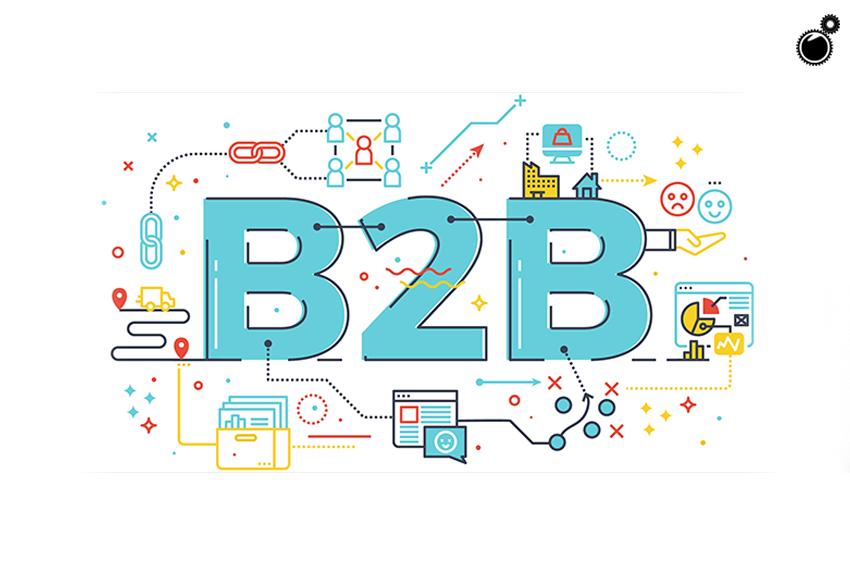
Once your target accounts are clearly defined, the next step in your account-based marketing strategy is to create personalized campaigns that effectively engage these accounts. The significance of personalization cannot be overstated; it is the linchpin of successful ABM.
Begin by developing content that addresses the specific needs and goals of each target account. This could range from detailed case studies that highlight relevant success stories to industry-specific blog posts that showcase your solution’s capabilities in addressing unique challenges. It’s crucial to tailor your messaging to align with the language and terminology used by your target audience, enhancing both relevance and impact.
Content Personalization
Content personalization is a key aspect of successful ABM. This involves tailoring your content to address the specific needs and challenges of each target account. For example, you might create personalized landing pages, emails, and blog posts that highlight relevant case studies, industry insights, or product features that resonate with the account’s specific industry or pain points.
In addition to content creation, a multi-channel marketing strategy is vital. Utilize a diverse array of channels, including email, social media, targeted advertising, and personalized website experiences, to ensure your target accounts remain engaged and consistently exposed to your brand. By utilizing a multi-channel approach, you can reach your target accounts through a variety of touchpoints, amplifying your message and increasing the likelihood of engagement.
As you execute your campaigns, monitoring performance metrics is essential. Key metrics to track include account engagement, conversion rates, and deal sizes. By analyzing these metrics, you can make data-driven adjustments to your campaigns, optimizing your account-based marketing strategy for even greater success.
Aligning Sales and Marketing for ABM Success
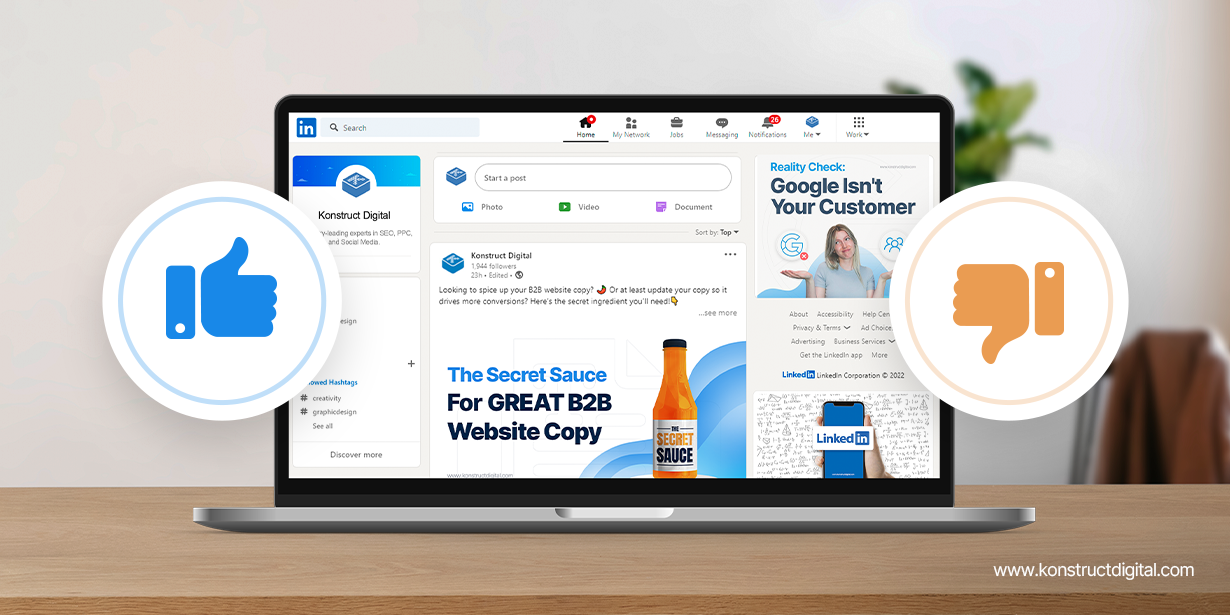
Collaboration between sales and marketing teams is a critical component of a successful account-based marketing strategy. ABM is not merely a marketing initiative; it requires a joint effort from both teams to ensure a seamless customer experience.
Start by establishing shared goals and key performance indicators (KPIs) for your ABM program. This alignment ensures that both teams are working towards the same outcomes and can effectively measure their success. Regular communication is also vital; hold joint meetings, account planning sessions, and utilize collaborative tools to facilitate information exchange and break down silos.
Incorporating technology solutions can further streamline your ABM processes. Customer Relationship Management (CRM) systems and marketing automation platforms are invaluable tools that provide a centralized hub for account-level data and campaign management. These technologies enhance collaboration between sales and marketing, enabling both teams to access real-time insights and optimize their strategies.
Measuring and Optimizing Your ABM Results

Continuous evaluation and optimization are paramount for the long-term success of your account-based marketing strategy. By diligently tracking key performance metrics, you can identify areas for improvement and make informed decisions to enhance your campaigns.
Some critical metrics to monitor include:
- Account Engagement: Measure how actively your target accounts interact with your content and campaigns.
- Conversion Rates: Track the percentage of engaged accounts that move through the sales funnel.
- Deal Size: Analyze the average revenue generated from successful conversions.
- Customer Lifetime Value: Estimate the total revenue a customer is expected to generate throughout their relationship with your company.
Regularly reviewing these metrics will help you uncover trends and opportunities for optimization. Additionally, leveraging data analytics to refine your targeting, further personalize your content, and enhance multi-channel engagement strategies will contribute to the ongoing success of your account-based marketing initiatives.
Future-Proofing Your ABM Strategy
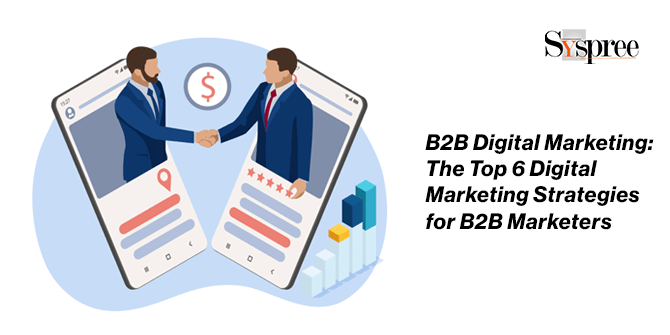
As the SaaS landscape continues to evolve, staying ahead of emerging trends and technologies is crucial for maintaining an effective account-based marketing strategy. The integration of artificial intelligence (AI) and machine learning into ABM practices can dramatically enhance your capabilities.
1. https://b-decor.com/archive/1106/
2. https://b-decor.com/archive/1107/
3. https://b-decor.com/archive/1111/
AI-powered tools can automate personalization tasks, analyze customer behavior, and provide deeper insights into account engagement. For instance, companies like Bombora and G2 Track use AI to analyze vast amounts of data from the web to identify accounts that are actively researching solutions in your space. This allows you to time your outreach efforts strategically, targeting accounts that are already showing interest in your products.
Account-Based Orchestration (ABO)
Account-Based Orchestration (ABO) is a newer approach to ABM that emphasizes the coordination of all marketing and sales activities across the entire customer journey. This involves integrating various tools and technologies to streamline processes, automate tasks, and ensure a seamless experience for target accounts. For example, ABM platforms like Terminus and Demandbase are now incorporating features that facilitate ABO by providing centralized dashboards for managing and tracking all account-related activities.
AI-Powered Account Intent Data
AI-powered account intent data is transforming the way SaaS companies identify and engage with potential customers. This technology analyzes online behavior, such as website visits, content downloads, and search queries, to identify accounts that are actively researching solutions similar to yours. This allows you to tailor your marketing messages and outreach efforts to accounts that are already showing interest in your products.
Frequently Asked Questions (FAQ)
Q: What are some of the best ABM tools for SaaS companies?
A: Popular ABM tools for SaaS companies include HubSpot, Salesforce, Marketo, Terminus, and Demandbase. These platforms offer features such as account identification, personalization, multi-channel engagement, and advanced analytics.
Q: How can I ensure a successful ABM implementation?
A: To ensure a successful ABM implementation, focus on defining clear goals and KPIs, aligning sales and marketing teams, leveraging data insights, personalizing campaigns, and continuously optimizing your approach.
Q: How long does it take to see results from ABM?
A: Account-based marketing is a long-term strategy that requires patience and consistent effort. It may take several months or even a year to see significant results, but maintaining a steady, data-driven approach is essential.
Q: Is ABM suitable for small SaaS companies?
A: Absolutely. Small SaaS companies can also benefit from account-based marketing by focusing on high-value accounts, maximizing their marketing resources, and achieving outsized returns. The key is to start small, demonstrate the value of your ABM strategy, and gradually scale your efforts.
Conclusion
Account-based marketing represents a transformative strategy for SaaS companies aiming to drive sustainable growth and enhance customer relationships. By aligning sales and marketing efforts, crafting personalized campaigns, and continuously optimizing their approach, SaaS marketers can unlock the full potential of ABM and position their businesses for long-term success.
As you embark on your account-based marketing journey, remain agile, embrace data-driven insights, and commit to ongoing innovation. With the right mindset and a well-executed account-based marketing strategy, your SaaS company can achieve unprecedented levels of revenue, customer loyalty, and market dominance.
